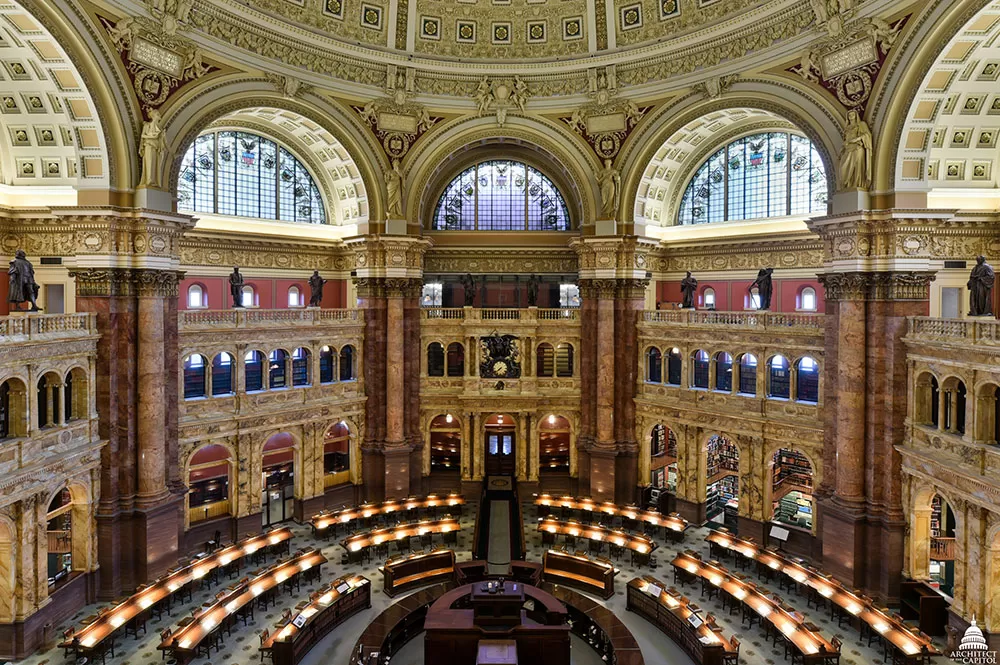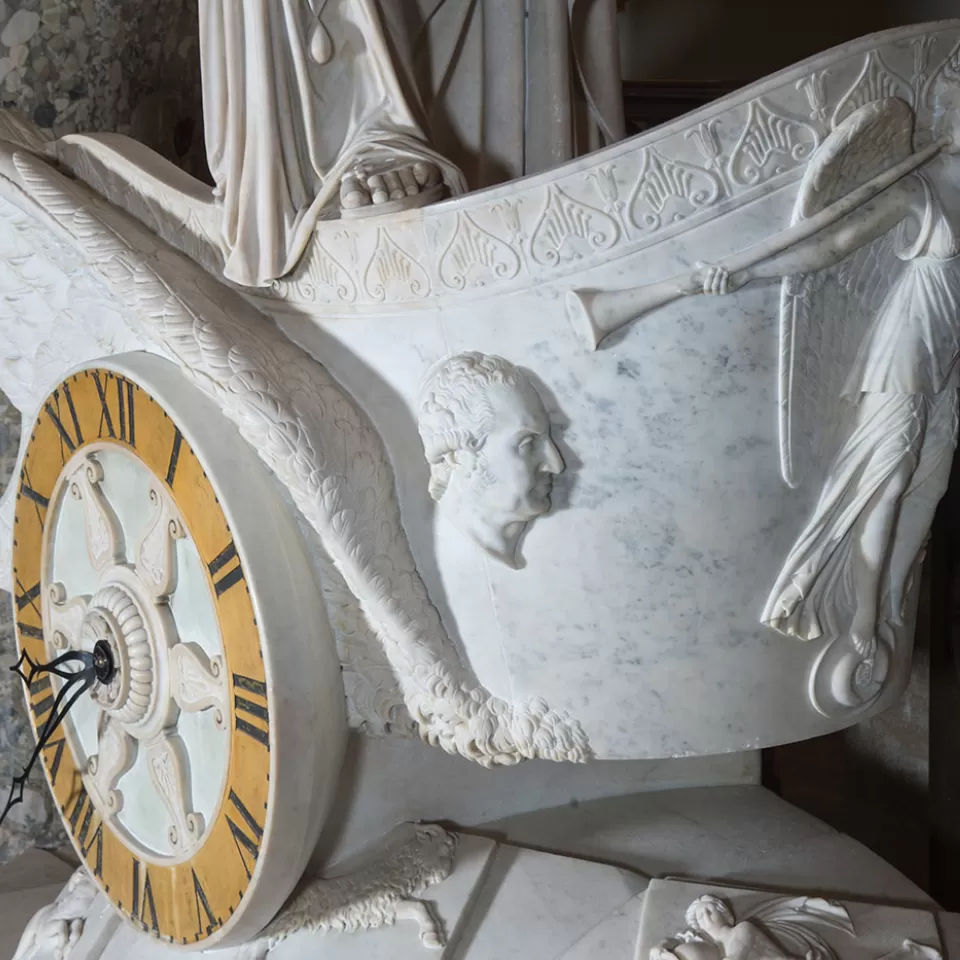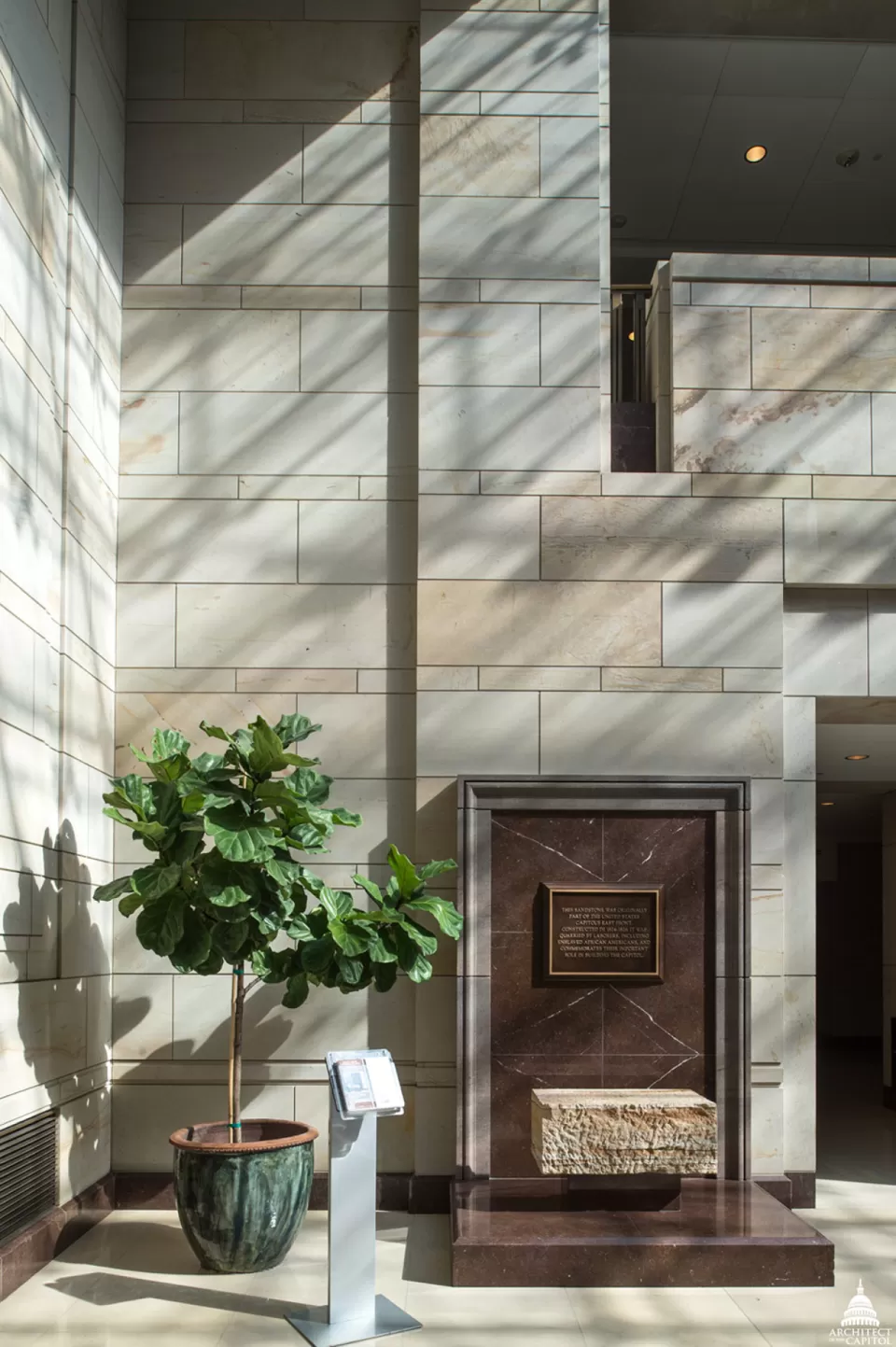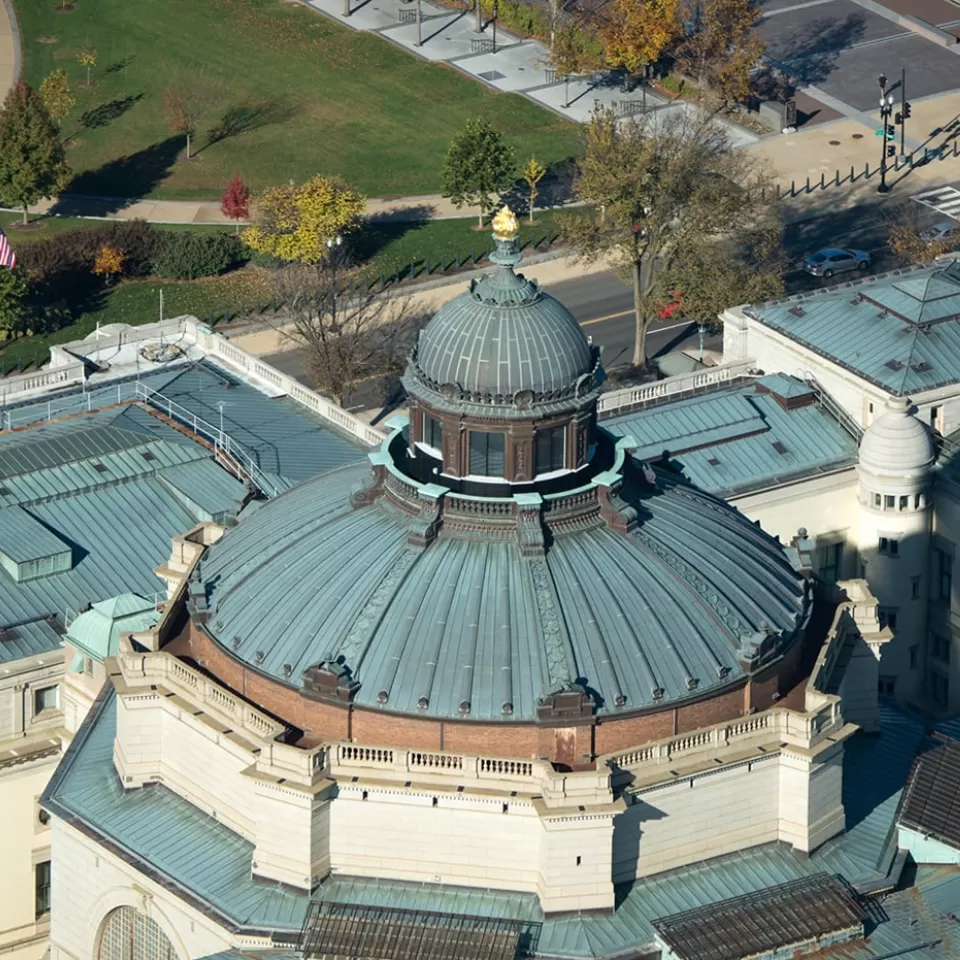Our Stories
Recent Articles
From the Architect
Architect's Notebook: One of My Favorite Things
While I often use this space to write about some of my favorite architectural features found on Capitol Hill, I want to use this Architect's Notebook to write about my favorite and most important p
From the Architect
Architect's Notebook: A Washington Connection
Even after working with this agency for more than 20 years, I continue to discover little surprises in the buildings, grounds and art cared for by our employees.
From the Architect
Architect's Notebook: Signs of Respect
Many of our monumental buildings on Capitol Hill were designed and constructed using classical orders of architecture.
From the Architect
Architect's Notebook: What We Hold Precious
Walking through the Capitol campus, I frequently come across ornamentation in our buildings made from various metals.





Comments
Those things seems like our own life, as a piece of architecture artwork! If we build our life with base, midle and top, as the classical architecture, we can build a beautiful life! Congrats! Beautiful article! By the way, i love the Library of Congress!
Add new comment